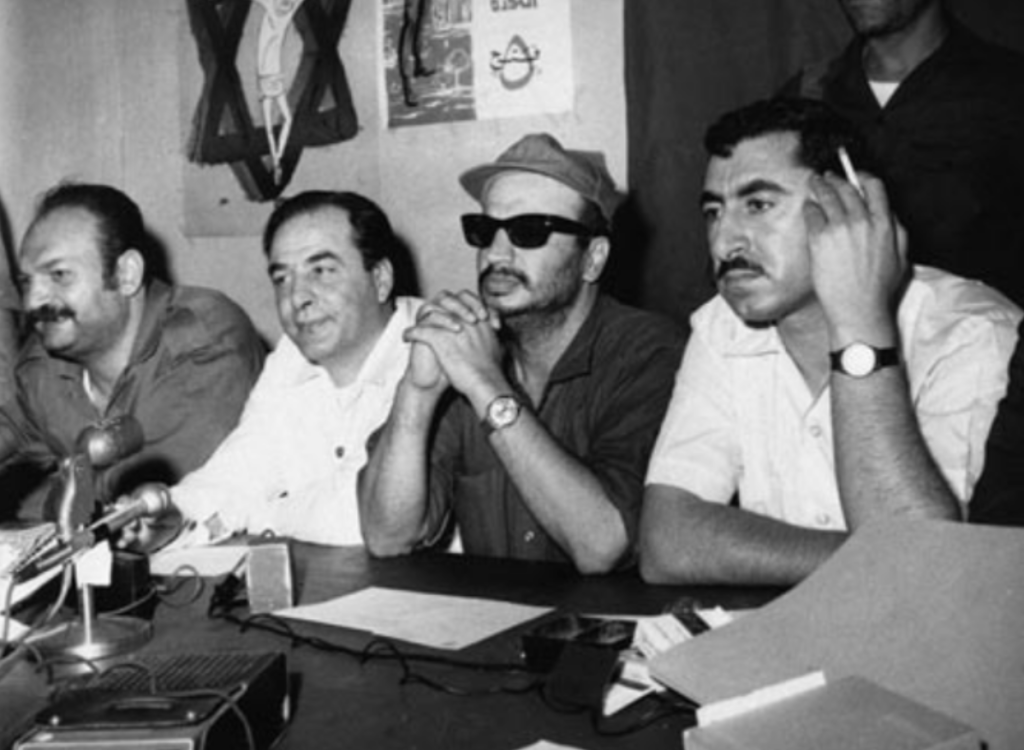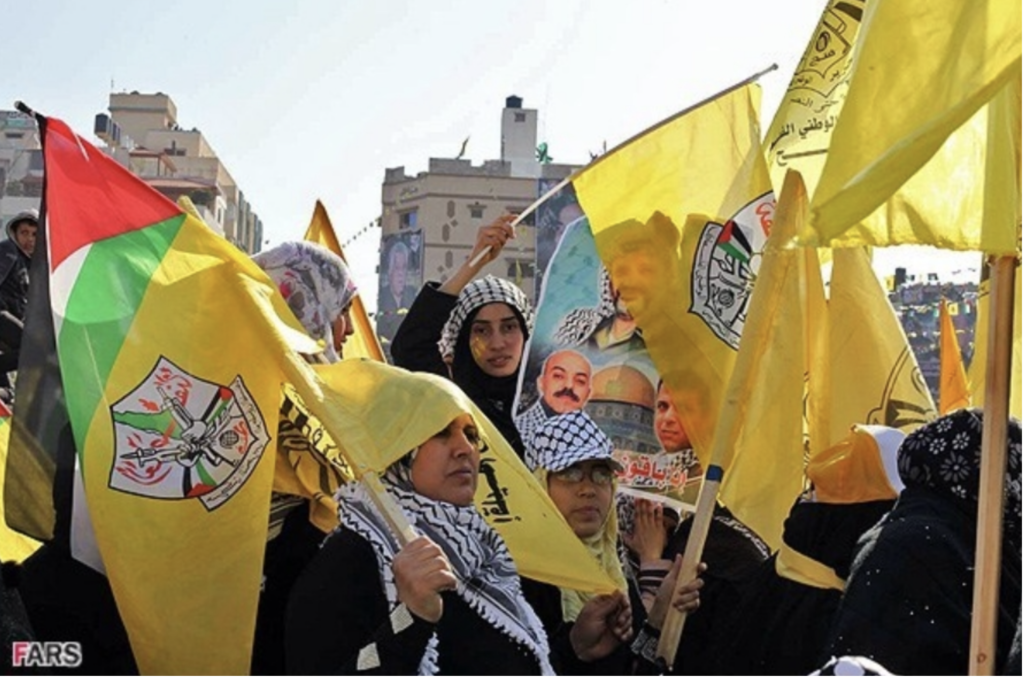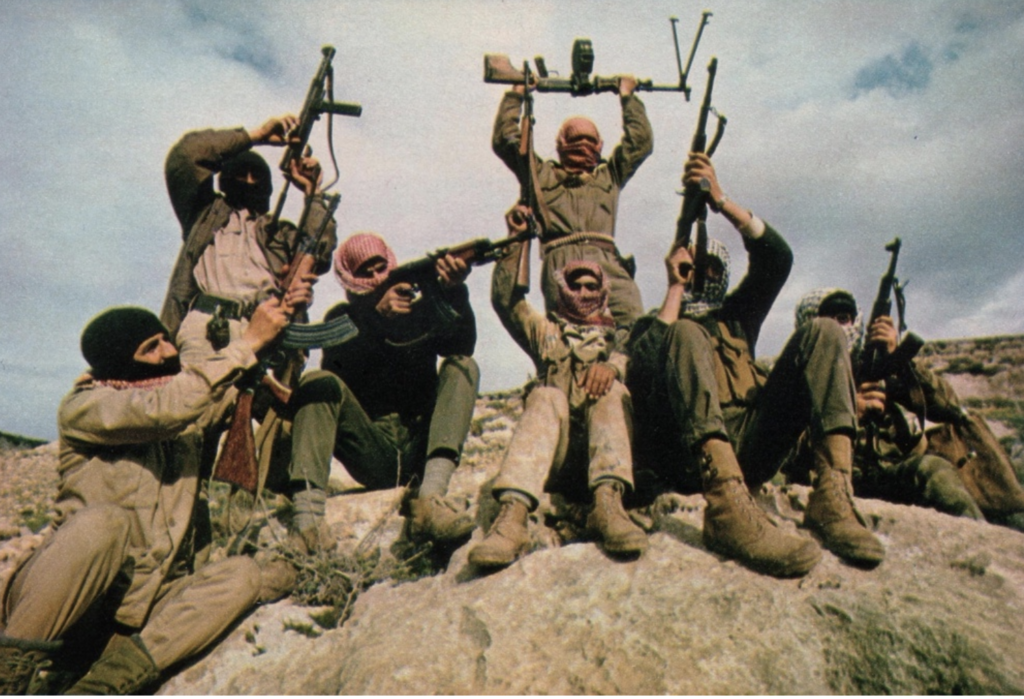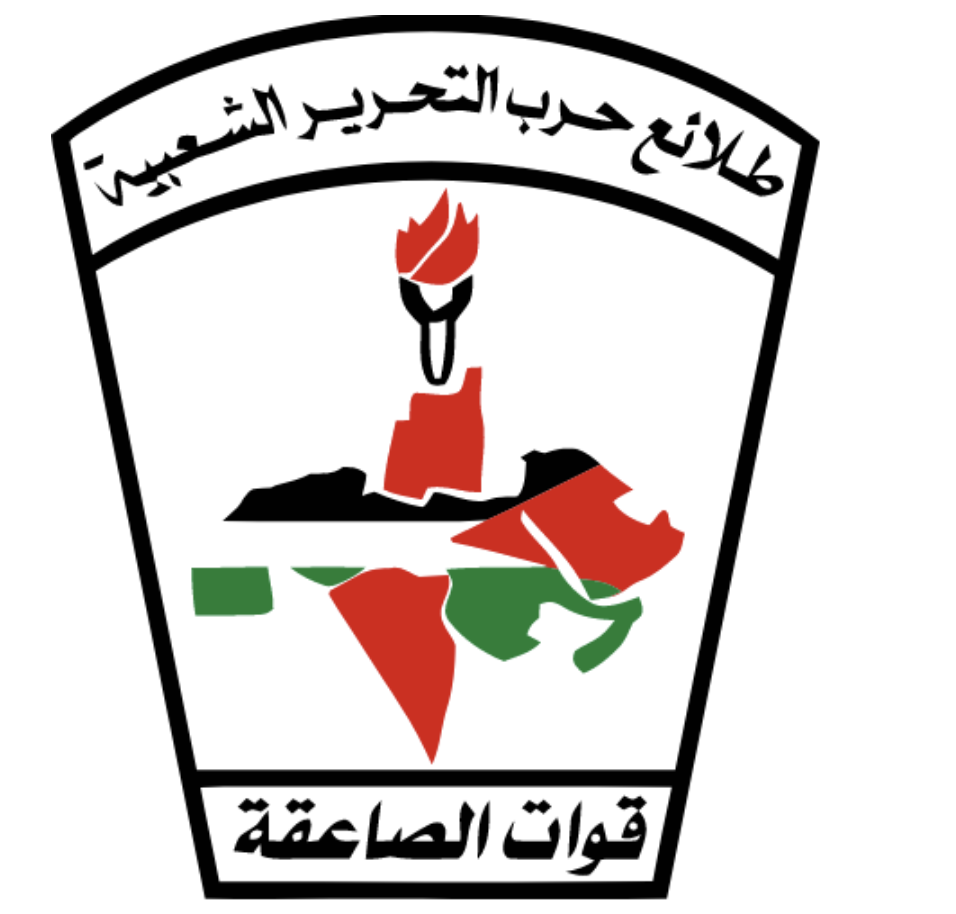Factions of the Palestine Liberation Organization

By Liam Nagle / Arab America Contributing Writer
The Palestine Liberation Organization, throughout its existence, has generally been a decentralized entity. Within this coalition is a variety of factions which, although might have different intricacies, all have one overarching goal – the establishment of a Palestinian state and the dissolution of the state of Israel. Nevertheless, these different factions might have different ideas for how a Palestinian state would be organized. This article will examine some of the factions of the Palestine Liberation Organization as well as their status and stances in post-Oslo Palestine. Specifically, we will look into Fatah, the communist-aligned factions, and some foreign-backed factions.
Fatah

Fatah, officially Ḥarakat al-Taḥrīr al-Waṭanī l-Filasṭīnī, which means “Palestinian National Liberation Movement”, was founded in 1959 by the Palestinian diaspora. Initially, it was led by three individuals – however, Yasser Arafat would become the undisputed leader over time. In 1967, Fatah joined the Palestine Liberation Organization – and Fatah became extremely popular. According to the BBC, Fatah had been responsible for over 2,000 attacks against Israel, paving the way for Arafat’s role in becoming Chairman of the Executive Committee of the PLO in 1969.
Since Arafat’s rise to chairman of the PLO, Fatah remained the dominant faction within the organization. Under his leadership, the PLO refrained from embracing any one particular ideology, as well as any one country’s support. Instead, the factions within the PLO would be allowed to pursue these aims. Fatah itself, under Arafat, continued as the largest faction of the PLO, remaining vague ideologically and choosing not to overtly ally with other Arab states. This lack of commitment typically saw the other Arab states trying to subvert Arafat, Fatah, and the PLO – either by forming counter-factions at best, or outright fighting in conflicts at worst.
After the PLO was exiled to Tunisia during the Lebanese Civil War, Arafat, Fatah, and the PLO as a whole took on a more reconciliatory tone. They opted for a political approach, which eventually culminated in the 1993 Oslo Accords. In exchange for acknowledging Israel’s right to exist, Israel recognized the PLO as the representative of the Palestinian people and created self-governing institutions that the PLO would gain control of.
These agreements were controversial to say the least, as Palestine was not guaranteed a state, and preexisting settlements in the West Bank were expanded, among other things. But since these agreements in 1993, Fatah has continually embraced more pacifistic and ideological views, supporting both a two-state solution, as well as a more social democratic ideology. In addition, Yasser Arafat’s death in 2004 paved the way for Mahmoud Abbas’ ascension to power in Fatah and the PLO. His tenure so far, however, has been controversial – mired in corruption, authoritarianism, and in the wake of a contentious peace.
These perceived failures with Fatah and the PLO have resulted in support shifting from the PLO to other groups, such as Hamas. Within the Palestinian legislature, this increasing support threatened Fatah’s reign on power and responded by halting elections in the legislature indefinitely – meaning Fatah, and Mahmoud Abbas’, grip on power in the West Bank remains in effect today.
Communist-aligned Factions

There is a surprising amount of popularity amongst the communist factions of the PLO, given the general lack of support for communism in the Middle East. By far, the most popular communist faction is the Popular Front for the Liberation of Palestine or PFLP. The second-largest faction within the PLO, it serves as the primary opposition to Fatah within the organization itself. Unlike Fatah, it is an avowedly ideological militant group, formed along Marxist-Leninist principles. In addition to this, they held Pan-Arabist stances – believing that the Arab world would need to be united by overthrowing the “reactionary” regimes in power.
The PFLP was formed in 1967 as a merger between various other militant groups, with George Habash emerging as leader. Through the 1960s and 1970s, the PFLP engaged in several attacks, including aircraft hijackings and attacks against civilians, resulting in the group being designated a terrorist organization. It also allied with other international Marxist groups, such as the Japanese Red Army.
Despite being the second-largest group within the PLO, it was often sidelined by Fatah. It would sometimes withdraw from the PLO’s executive committee in protest to certain actions, only to rejoin later. Following the Oslo Accords, the PFLP slowly fell out of favor with the general populace – stemming from the increasing popularity of Hamas, as well as the fall of the Soviet Union. Nevertheless, it retains some favor due to the halting of Palestinian elections, solidifying its place in the Palestinian legislature for now.
However, there was an earlier split within the organization in 1969. Various groups – including Maoists – within the PFLP believed that the organization had strayed too far from political ideology. In response, these groups split from the PFLP to form what would become the Democratic Front for the Liberation of Palestine, or DFLP. Also a Marxist-Leninist organization, but also including several Maoist members (which includes its leader, Nayef Hawatmeh), the DFLP is nearly indistinguishable from the PFLP. It also engages in military actions against Israel, being considered a terrorist organization until 1993. Unlike the PFLP, however, it generally supported the Oslo Accords – perhaps due to its decrease in popularity in the post-USSR era. And like the PFLP, the organization remains on the Palestinian legislature due to the halting of elections.
Foreign-Aligned Factions

Finally, various portions of the PLO are foreign-backed. While some organizations have had an on-and-off relationship with foreign backers, these groups have consistently been supported by other countries – sometimes as a counterweight to Fatah’s influence. The most notable foreign backer was Syria, which backed groups such as As-Sa’iqa. As-Sa’iqa was formed in 1966 by the Syrian Ba’ath Party, before joining the PLO in 1968, as an alternative to the Arafat-led Fatah group.
By this time, Syria had a tenuous relationship with Fatah, resulting in as-Sa’iqa being allied with or fighting against the PLO at various times. After the Oslo Accords, however, the organization has largely fallen out of favor. Syria mostly withdrew its support from the organization. Since then, as-Sa’iqa has mostly dissolved, with only a small number of members remaining.
There was also the Iraqi-backed Arab Liberation Front (ALF). Formed in 1969, the organization was always relatively unpopular within the Palestinian movement – drawing most of its members from the Palestinian diaspora within Iraq. The organization remained unified in favor of Iraqi foreign policy for the duration of its existence up until 1993. During the Oslo Accords, the organization split into two groups, with one accepting and the other rejecting the results of the accords. The organization ultimately fell with the American invasion of Iraq in 2003, and the dissolution of the Ba’ath party.
Check out our Blog here!








